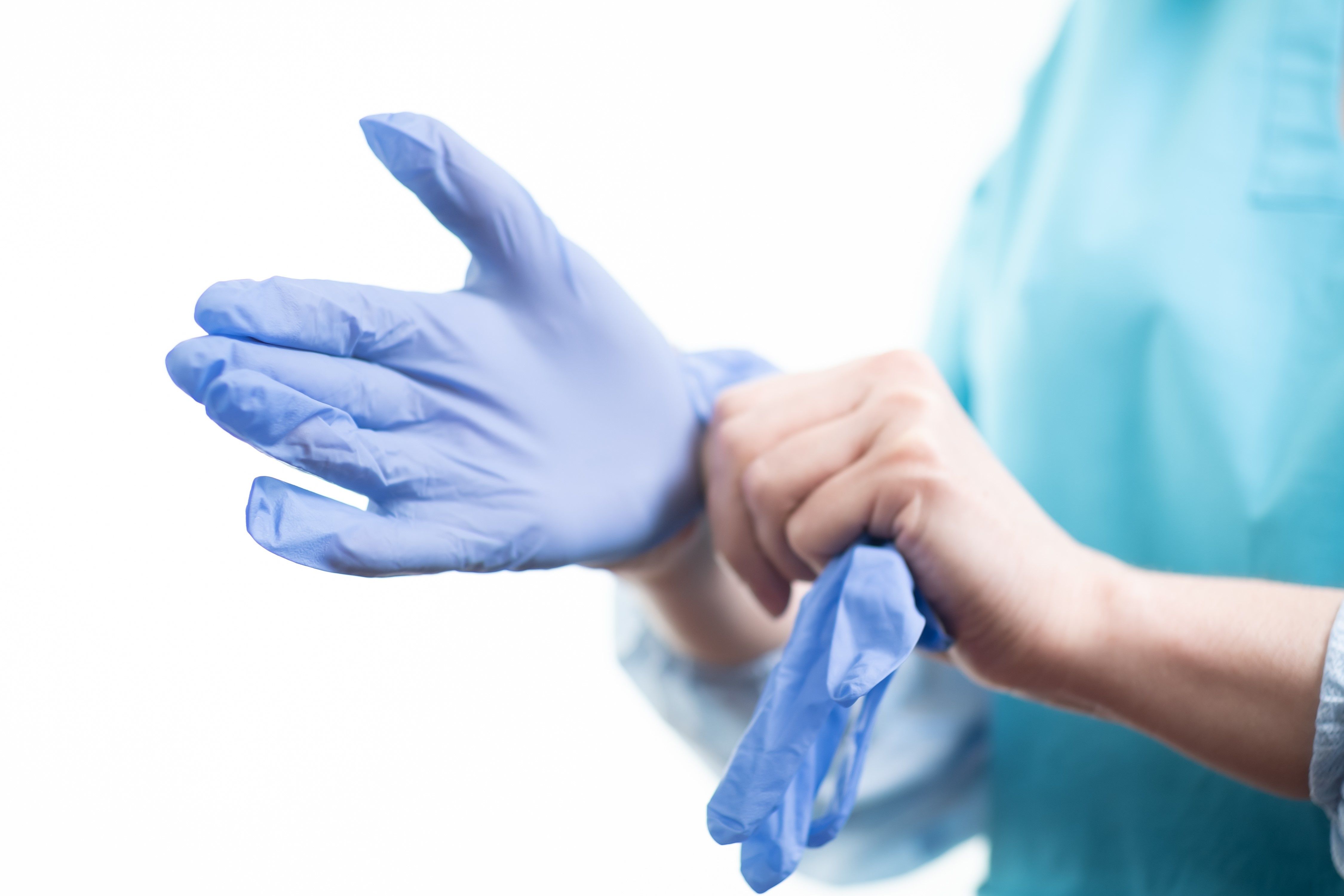As for many veterinary professionals, my job as practice manager at Cleveland Heights Animal Hospital in Lakeland, Florida took a crazy turn two weeks ago when we changed our workflow completely to offer curbside service. We did this, of course, in an effort to increase social distancing as a way to mitigate the spread of COVID-19.
Like every other veterinary practice, we to want keep our team safe while continuing to serve our community. In case it helps other practices iron out new protocols, here is a rundown of how we’ve implemented curbside service.
Before you get started
We made the decision early on to stop elective procedures and ancillary services (e.g. grooming, boarding) and currently are providing only outpatient services and emergency surgeries. With the exception of euthanasia appointments, no clients are permitted in the building.
We also split our team in half to better isolate ourselves from each other. Our practice is open Monday through Saturday from 7 a.m. to 7 p.m. Now, team 1 works Monday through Wednesday and team 2 works 12-hour shifts Thursday through Sunday; the next week the teams alternate workdays.
Here are some other things to consider putting into place before radically changing the way you offer service:
- Coordinate with your merchant service provider to offer alternate forms of payment. We are now emailing invoices to clients and taking payments via phone.
- Implement two-way texting (we use VitusVet) to free up phone lines and keep clients out of the hospital.
- Post signs in each space in your parking lot that indicate the parking spot number and a phone number for clients to call or text when they arrive.
- Designate one or two “runners” who will go out to clients’ cars to retrieve patients and distribute prescribed medications or purchased supplies. These people should be outfitted with personal protective equipment (i.e. cloth surgical gown, gloves, mask with face shield [dental masks]).
- Assign the rest of the team specific duties, such as room technician, discharge technician, client service representative, etc.
The ‘new normal’ appointment
Today, all client communication—from estimates to diagnostic results to treatment plans—is done via text, phone or video chat. If time allows, we call the client before the appointment to obtain as much history as possible. This saves time for the practice and the client. Here’s how we are handling appointments:
- The client calls or texts upon arrival and identifies what parking spot they are in.
- A runner goes to the vehicle to get the pet, leaving the leash, collar and harness behind. If the pet is in a carrier of any sort, the carrier is wiped down with an approved disinfectant before it is brought inside.
- The pet is taken directly to an exam room where a technician and doctor are waiting.
- Payment is secured via an emailed invoice.
- The pet is brought back to the vehicle by the runner when the appointment is complete.
Don’t forget to take care of your team!
Don’t forget to take care of your team!
- Ask for feedback from your team.
- Create stability in your practice’s new normal.
- Check in with the team regularly.
- Bring them treats!
- Implement daily meditation or yoga at your practice.
- Praise your team during this very stressful emotionally, mentally and physically taxing time.
Other considerations
Selling prescriptions and pet food
Send a runner to bring the prepurchased item to the owner’s vehicle. If your practice doesn’t have an online pharmacy, offer to ship prescriptions to clients who call for refills.
This isn’t toilet paper!
Just as we saw with toilet paper, clients immediately started trying to stockpile their pet’s prescriptions and food. We didn’t even think twice about limiting prescription refills to a 30-day supply. Clients were trying to buy four to five bags of food at a time. Letting clients know that they cannot return products due to bulk buying has cut back tremendously on overbuying.
Why we haven’t started telemedicine?
We have the capability to switch to telemedicine but have chosen to fine tune our new workflow instead of adding an additional complexity at this time. We consider telemedicine as an ace up our sleeve. As of today, clients are still comfortable visiting our practice.
Don’t forget…
Change is hard
Don’t expect everyone on your team to embrace the swift changes that we are having to navigate. Have some grace and make the team part of the solution.
Clients projecting their stress
Coach your team on how to deal with clients who are understandably stressed and also don’t like change. We should all have a plan in place for dealing with confrontational clients.
Come on down
During these uncertain times, most practices can’t afford to turn clients away. I have pulled my lodging and grooming team to help my outpatient team—more hands on deck means we can see more patients.
Set clear expectations
Everyone scheduling appointments and receiving phone calls should make sure to explain the new process with clients so they are not surprised when they arrive to an entire new experience.
Hang in there
We will get through this difficult time and will have learned new and innovative ways to take care of our clients and staff.
